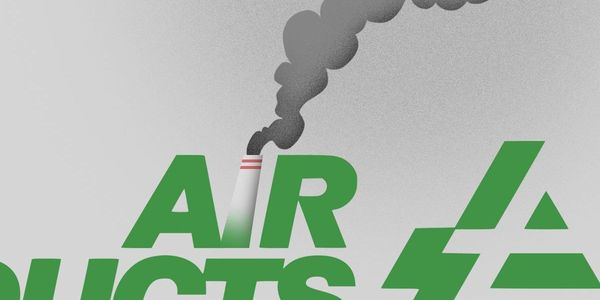
How BYD Got So Big

In just the past few years, Chinese EV-maker BYD has become the most important car company most Americans have still never heard of. It is China’s biggest private employer, the world’s third most valuable automaker (after Tesla and Toyota), and it’s capable of producing more than 5 million cars a year. It’s also just one of dozens of innovative new Chinese auto companies that are set to transform the global mobility market — regardless of what happens with Trump’s tariffs.
On this week’s episode of Shift Key, Jesse and Rob talk with Michael Dunne, the founder of Dunne Insights and a longtime observer of the Chinese automotive sector. Dunne was president of GM Indonesia from 2013 and 2015, and was once managing director of JD Power and Associates’ China division. We talk about the deep history of BYD, the five non-BYD Chinese car companies you should know, and how Western automakers could (with difficulty and a lot of policy help) eventually catch up.
Shift Key is hosted by Jesse Jenkins, a professor of energy systems engineering at Princeton University, and Robinson Meyer, Heatmap’s executive editor.
Subscribe to “Shift Key” and find this episode on Apple Podcasts, Spotify, Amazon, or wherever you get your podcasts.
You can also add the show’s RSS feed to your podcast app to follow us directly.
Here is an excerpt from our conversation:
Jesse Jenkins: Is the answer tariffs? I’ll put that out there. I mean, that has been part of the answer for Europe — and in a maybe a bit more targeted way, to some degree, even for the Biden administration — but now, of course, for the Trump administration, is the central feature of competitiveness policy. Will that work? Or what are the downsides or pros and cons there?
Michael Dunne: This may sound counterintuitive and maybe even un-American, but yes, I do believe we need tariffs for the short term to buy ourselves some time. But that’s not the end of the story. We also have to get our act together in regards to innovation investment, scaling at home. So that’s the harder part. Tariffs are almost easier now.
One other thing that is worth mentioning, for sure: When I lived in China, started there in 1990. When I got there, I went to a plant called Beijing Jeep, China’s first joint venture, met the plant manager. I said, Hey, what are you doing here? Yeah, we’re importing parts from the Ohio Jeep Cherokee plant we’re putting them together here in China, and we’re distributing.
Ooh, gosh. Well, when are you going to have your own car? That’ll be about 10 years from now, he said. So that’s kind of where we are — we’re like 10 years behind them in electrics. They were 10 years behind us. So I said, How do you feel about the fact that you’re importing these parts from the U.S. and you won’t be ready for 10 more years? And he said, well, it doesn’t feel good at all, but we’ll get there.
Then shortly after that meeting, the Chinese government came out and said, how are we gonna get there? Number one, we have 100% tariffs on imports. We don’t want imports. If you want to sell into our market, you must manufacture here and you must form joint ventures. And the Chinese partner must have 50% of that joint venture. Those are some serious terms of engagement.
And so people who say, oh, tariffs are for losers, and they don’t work. Actually, if you look around at China, at Japan, at Korea, imports as a share of their markets are all under 10%. So hang on. Did we not get the memo here in America?
Music for Shift Key is by Adam Kromelow.









